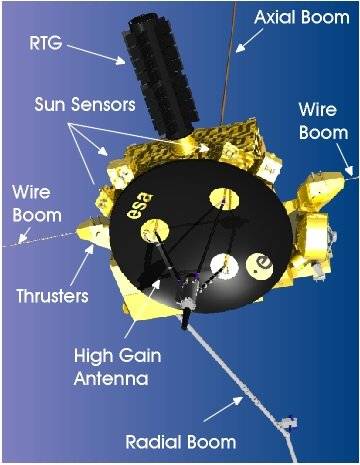The Ulysses Spacecraft - Ulysses
Spacecraft Overview
Ulysses is a spin-stabilized spacecraft. It has several notable external features. The High Gain Antenna (HGA) is a 1.65m diameter parabolic dish. It has both X-band and S-band radio frequency feeds for communication with Earth ground stations. The Radioisotope Thermoelectric Generator (RTG) provides the spacecraft with electrical power.
There are two 35m wire booms extending from the sides of the platform; these are antennae for the Unified Radio and Plasma (URAP) instrument. These thin copper-beryllium strips were stored on a drum during launch and later deployed by centrifugal forces acting on tip masses. A rigid radial boom extends from the lower face of the spacecraft. This is used to mount several experiment sensors as far as possible from the RTG.
The external surfaces of the spacecraft are covered with thermal control blankets. These blankets consist of 20 layer kapton covered with a layer of conductive indium tin oxide and have a distinctive gold colour.
About this Page
The Spacecraft Description section of the Ulysses Mission Operations Homepage currently references over 50 pages of detailed information about Ulysses engineering subystems. You can navigate through these pages by using the Alphabetical List of Titles, or the List of Topics by Subsystem and Subject, but its more fun to browse through the spacecraft block diagrams by clicking on the image maps below.
Take a look inside the spacecraft
Click your way around plans and external views of the spacecraft to learn about how things are laid out inside, and what they do. Fully linked to spacecraft subsystem information.
| Ulysses Front View | Ulysses Upper Platform | Ulysses Lower Platform |
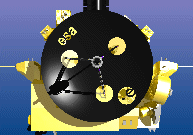 |
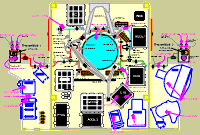 |
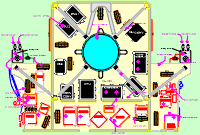 |
How does Ulysses work?
Click on a subsystem schematic below to obtain a description of the units with fully navigable block diagrams.
| Attitude and Orbit Control Subsystem | Telemetry, Tracking, and Command Subsystem |
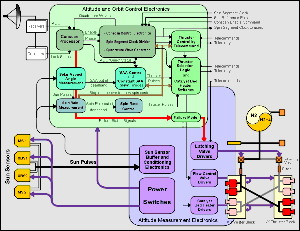 |
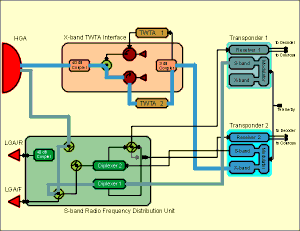 |
|
Data Handling Subsystem |
Power and Thermal Subsystem |
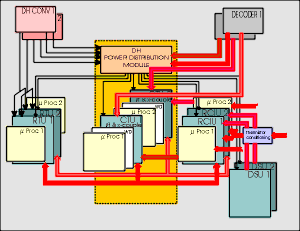 |
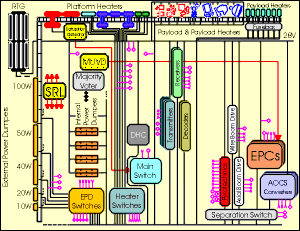 |

